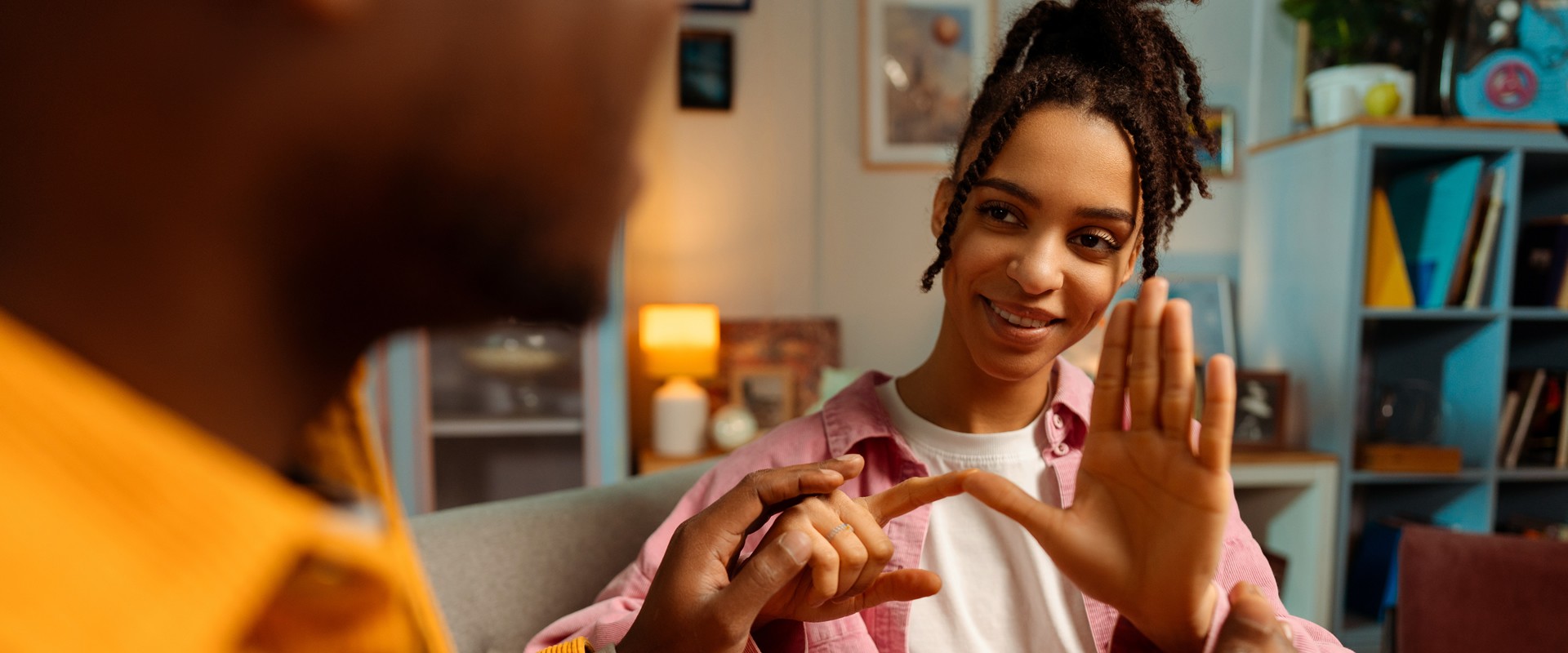
Deaf Awareness Week: Embracing Inclusivity and Accessibility in Physical Activity
Introduction
Deaf Awareness Week, observed annually in September, is a time dedicated to raising awareness about deafness, promoting inclusivity, and advocating for equal access to opportunities for individuals who are deaf or hard of hearing. In the realm of physical activity and fitness, it’s crucial to recognise the importance of creating inclusive environments that accommodate individuals of all abilities. In this blog post, we’ll explore the significance of Deaf Awareness Week, discuss how physical activity can benefit individuals who are deaf or hard of hearing, and outline measures gyms and fitness facilities can take to promote accessibility and inclusion.
Understanding Deaf Awareness Week:
Deaf Awareness Week serves as a platform to educate the public about deafness, challenge stereotypes and misconceptions, and advocate for the rights of individuals who are deaf or hard of hearing. It’s an opportunity to celebrate the diversity and resilience of the deaf community and promote greater understanding and inclusion in all aspects of society, including physical activity and fitness.
How Physical Activity Can Help:
Physical activity plays a vital role in promoting overall health and well-being for individuals of all abilities, including those who are deaf or hard of hearing. Engaging in regular physical activity offers numerous benefits, such as:
- Improved Physical Health: Physical activity helps maintain a healthy weight, strengthen muscles and bones, improve cardiovascular health, and reduce the risk of chronic diseases such as heart disease, diabetes, and obesity.
- Enhanced Mental Health: Exercise has been shown to reduce symptoms of depression, anxiety, and stress, boost mood and self-esteem, and promote better sleep quality and cognitive function.
- Social Connection: Participating in physical activity provides opportunities for social interaction, teamwork, and camaraderie, fostering a sense of belonging and community among participants.
- Increased Independence: Developing physical fitness and mobility skills can enhance independence and autonomy for individuals who are deaf or hard of hearing, enabling them to navigate the world with greater confidence and ease.
Measures for Promoting Accessibility in Gyms:
To create inclusive environments that accommodate individuals who are deaf or hard of hearing, gyms and fitness facilities can take several measures:
- Provide Clear Communication: Ensure that staff members are trained in basic sign language and communication strategies for interacting with individuals who are deaf or hard of hearing. Use visual cues, written instructions, and gestures to convey information clearly and effectively.
- Offer Visual Alerts: Install visual alert systems, such as flashing lights or digital displays, to notify individuals of important announcements, alarms, or class schedules.
- Provide Accessible Equipment: Offer a range of accessible equipment options, such as vibration platforms, tactile cues, and visual feedback displays, to accommodate different sensory needs and preferences.
- Offer Captioned Videos: Provide captioned videos for fitness classes, instructional demonstrations, and promotional materials to make them accessible to individuals who are deaf or hard of hearing.
- Train Staff: Provide training and awareness sessions for staff members on deaf culture, communication strategies, and best practices for creating inclusive environments.
- Seek Feedback: Solicit feedback from individuals who are deaf or hard of hearing on their experiences and preferences for accessibility in the gym environment. Use this feedback to make ongoing improvements and adjustments as needed.
Conclusion:
Deaf Awareness Week is a time to celebrate diversity, promote inclusion, and advocate for equal access to opportunities for individuals who are deaf or hard of hearing. In the realm of physical activity and fitness, it’s essential to recognise the importance of creating inclusive environments that accommodate individuals of all abilities. By promoting accessibility, providing clear communication, offering visual alerts, and training staff, gyms and fitness facilities can create welcoming and inclusive spaces where individuals who are deaf or hard of hearing can thrive and enjoy the benefits of physical activity and fitness. Together, let’s embrace inclusivity and accessibility in all aspects of society, including physical activity and fitness, and create a world where everyone can participate and succeed.
